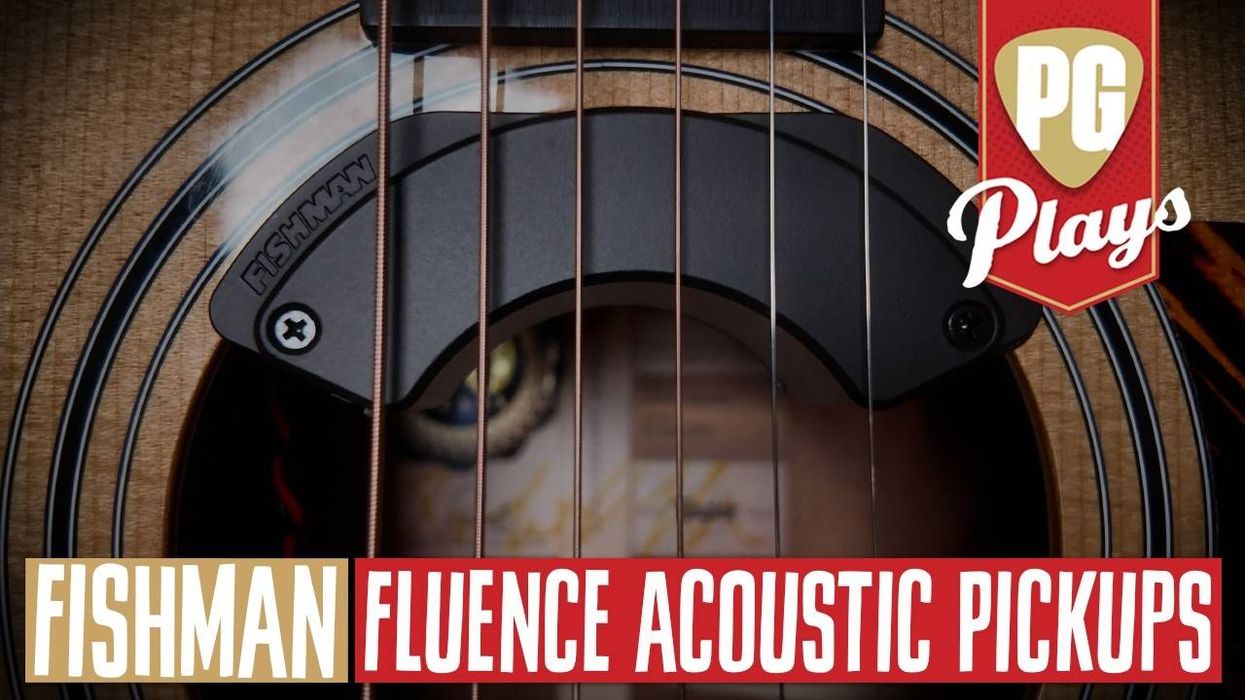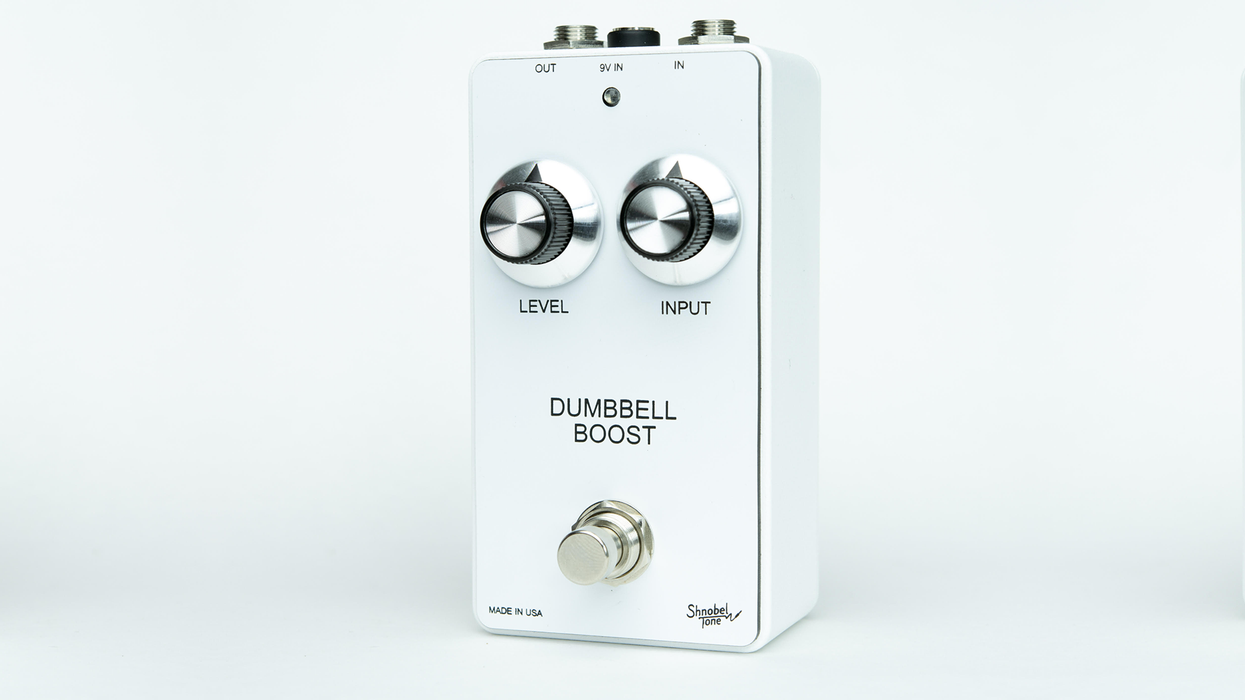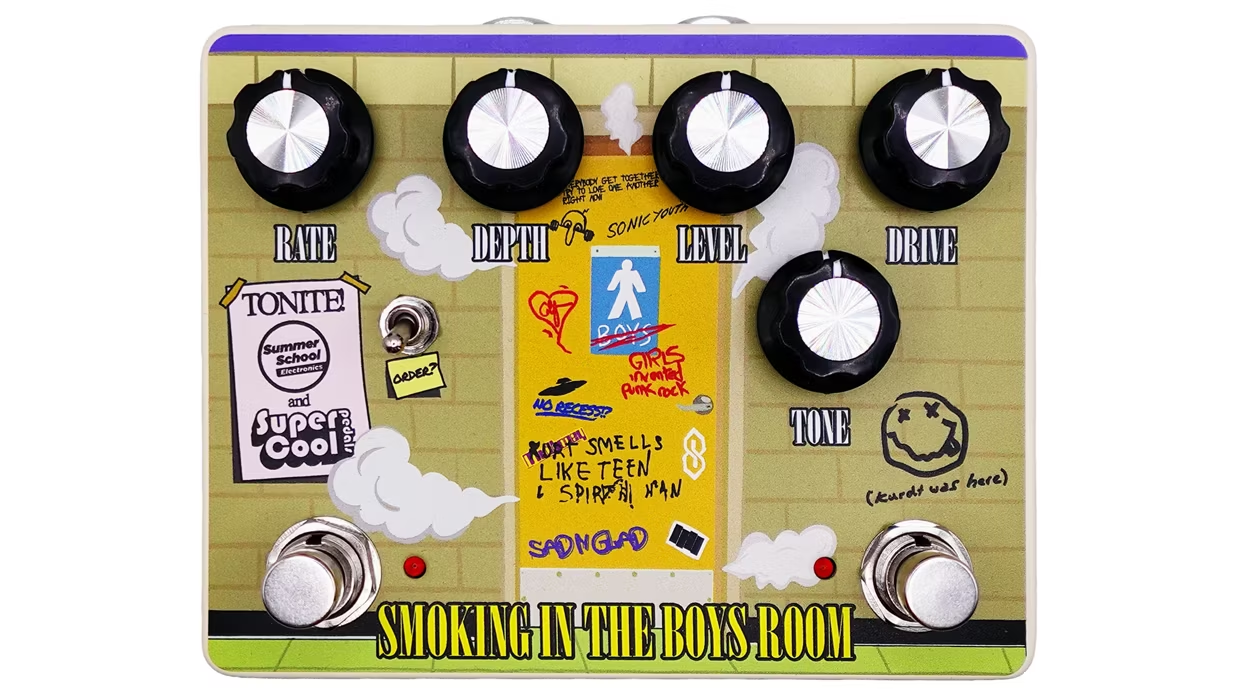It’s time again to take a look at all things tonal, with the intent of giving you even more information to further your adventures in making music. This month, I thought it would be fitting to share some thoughts and advice given to me by my late, great friend, amplifier-serviceman and Trainwreck amp designer, Ken Fischer. I was first introduced to Ken way back in 1981 via telephone while working for Groove Tubes in Los Angeles. On the first day of my new job at GT, my first call was from the extremely animated and hilarious Ken Fischer, delivered in his soon-to-be instantly recognizable New Jersey accent. Little did I know at the time that I would be blessed with all kinds of tips and tricks from Ken for the next quarter century.
One of the things that Ken often mentioned was that he didn’t always do things “by the book.” Instead, he used his keen instincts and sharp eye to troubleshoot and solve problems typically found in amps needing repair. One of his big interests was dialing in an amplifier’s “sweet-spot” by using his ears – not by digital voltmeter readings. Ken would always talk about getting the most tone from the tubes as one of his prime objectives when nursing broken amplifiers back to health.
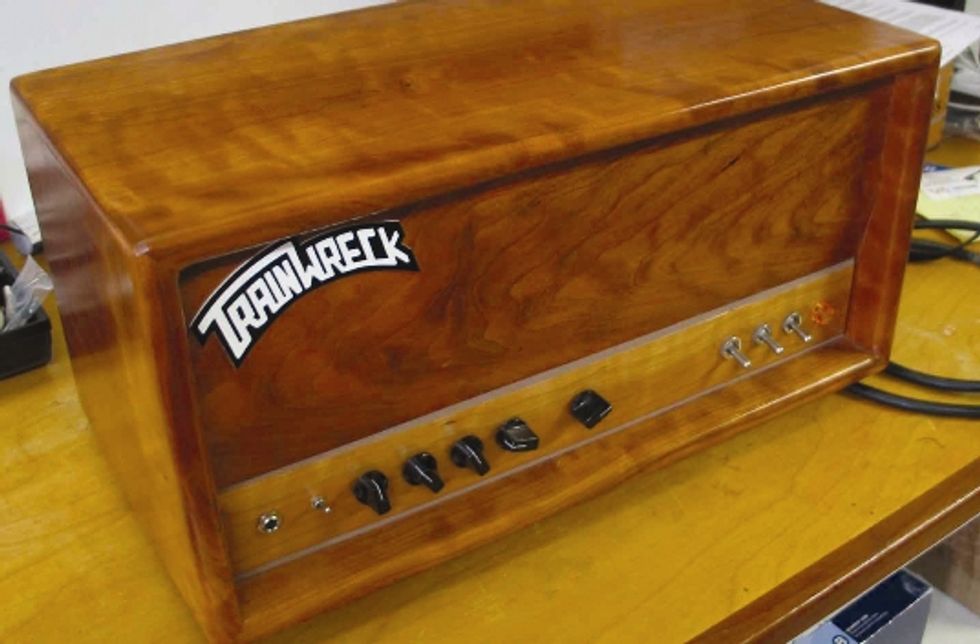 |
Ken would always say that there was a very fine line – a balancing point – where great tone began and where that wonderful ear candy completely evaded you. This month’s installment is really designed as a lesson in how to open up your ears to the big sonic picture and learn that there are indeed times where a few rules can be broken in the quest for your perfect sound. These observations revolve around how you can optimize and adjust your amplifier’s bias control by unusual conventions more related to tone and musical character than just electronic criteria. It’s also important to know that great sound can come out of trial and error.
You can make your amplifier sound better with a screwdriver and some experimental tweaking. You first need to determine whether your amplifier has an internal bias trimpot. This type self-adjusts without too much trouble. Some amplifiers are self-biasing and can be voiced by substituting different brands of tubes until you hear the results you like. Other amplifiers require some soldering to adjust the bias circuit. These are best left to a qualified amp technician if you’re not comfortable with the potentially lethal voltages present inside a tube amp. If you do not have the proper safety equipment or don’t feel qualified to go poking around inside an amplifier, please leave it to a professional. You’ve been alerted to the potential hazards, so please use some common sense and everything will be rocking.
My first experience biasing “by ear” involved a now vintage Jim Kelley amplifier. This amp had its bias trimpot control conveniently located for external adjustments – just turn
the trimpot with a jeweler’s screwdriver and listen carefully. What Ken taught me was tantamount to my future listening abilities. The trick is to get the amp sounding full and rich with harmonics and overtones, but there’s a catch – this is a matter of personal taste. You may like the sound of your amp running just a tiny bit hotter, or perhaps a little bit colder. There are many shades of great tone to be found in this dial.
When I bought my Komet 60 head back in 2000, I called Ken to ask him for some advice on biasing since the Komet had EL34 tubes and the Jim Kelley used 6V6s. He told me that since I was already able to bias the Kelley there was no real difference between the two – it was still matter of slowly turning the bias control and playing the amplifier until it totally rocked my world. Granted, the EL34s reacted differently than the 6V6s, but I was able to hear just where any crossover distortion was rearing its ugly head and turn the dial until it was gone – bingo!
Oddly enough, when you look again at the amp’s bias voltage with a digital voltmeter after biasing by ear, the tubes are typically within the acceptable range of operating tolerances. This technique is analogous to intonating a guitar at the 19th fret and then double-checking the 12th fret for any changes. You won’t really see any change, but you sure will hear it. This is just another method of getting closer to the sound you want.
Thank you, Ken – it was an honor and a blessing to know you for the time we shared. You will never be forgotten! Remember to make good music, have fun and be safe above all. We’ll see you next month.
Dean Farley
Dean Farley is the chief designer of "Snake Oil Brand Strings" (www.sobstrings.net) and has had a profound influence on the trends in the strings of today




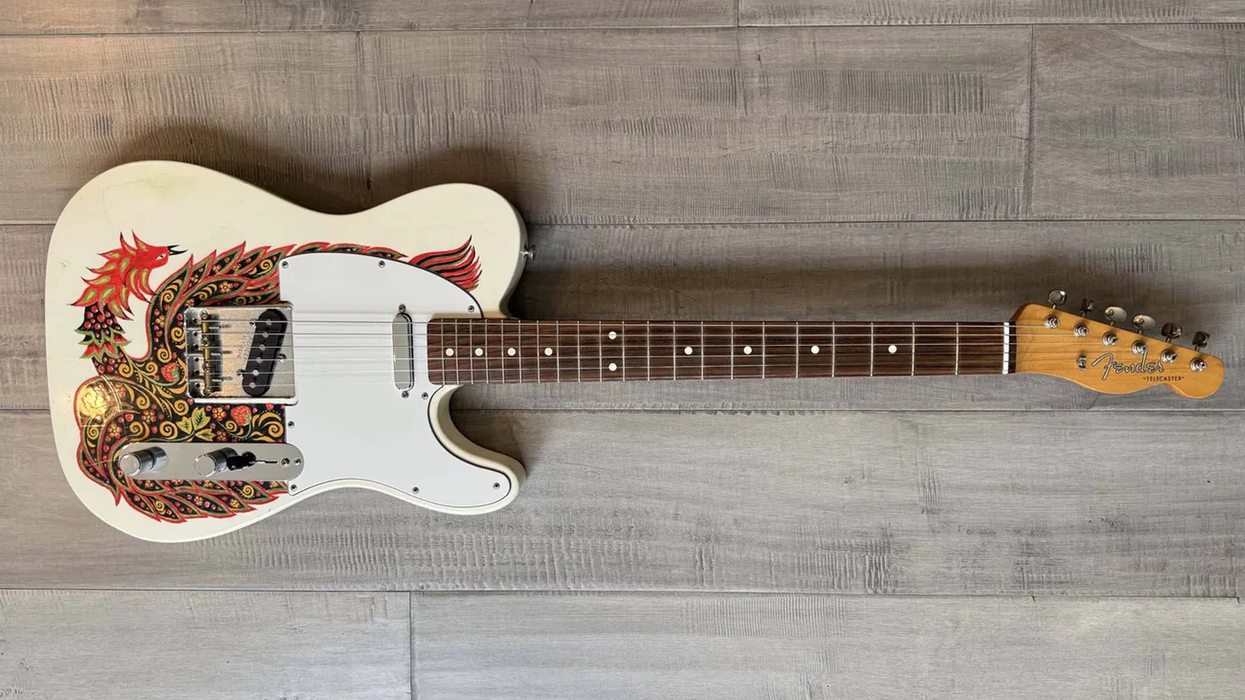
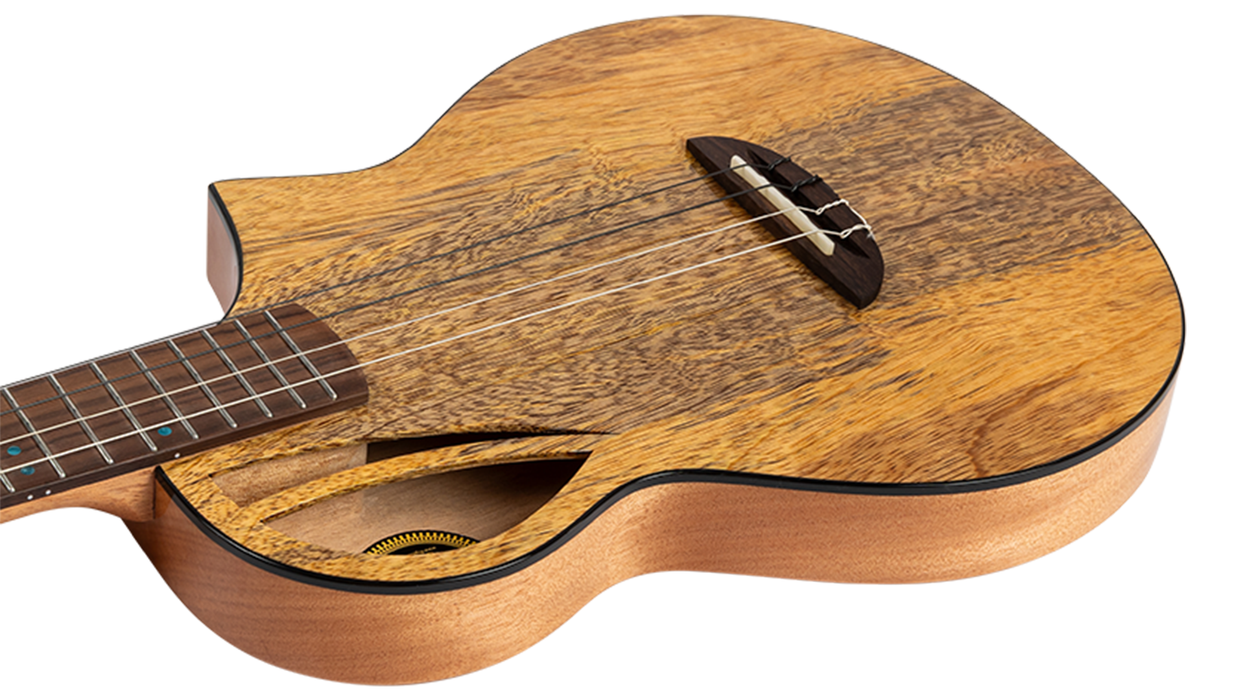
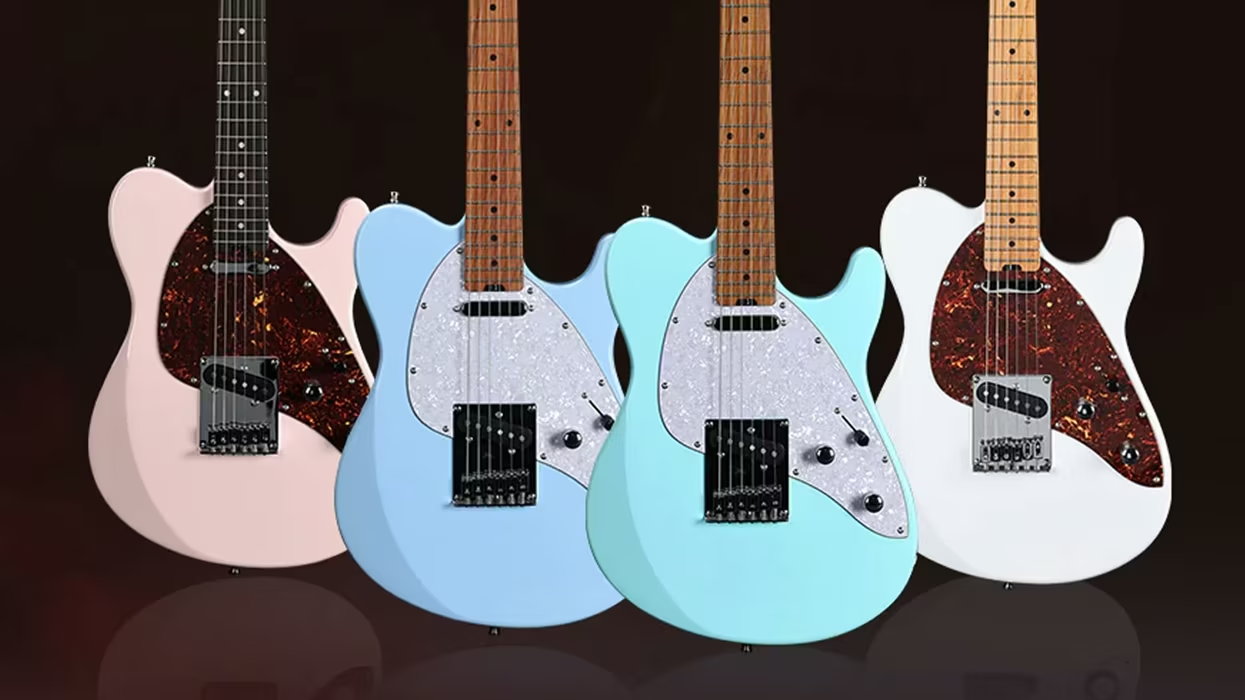
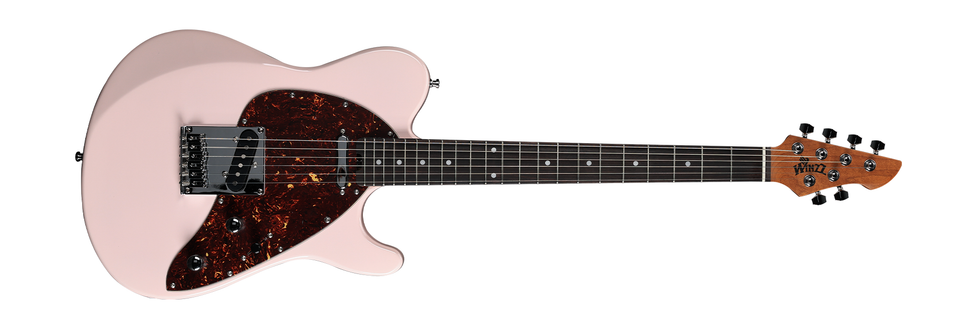
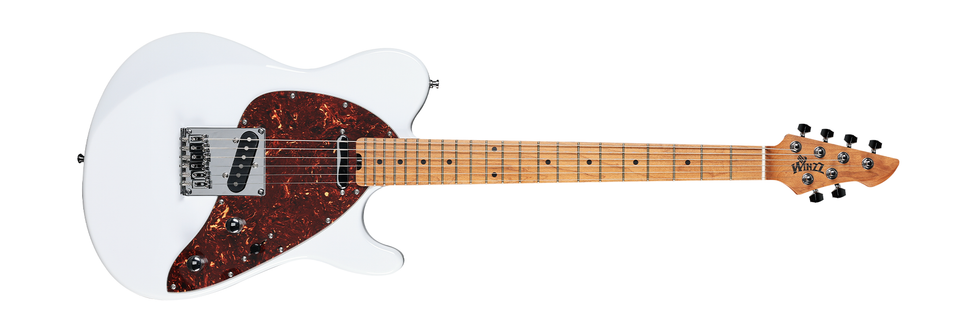


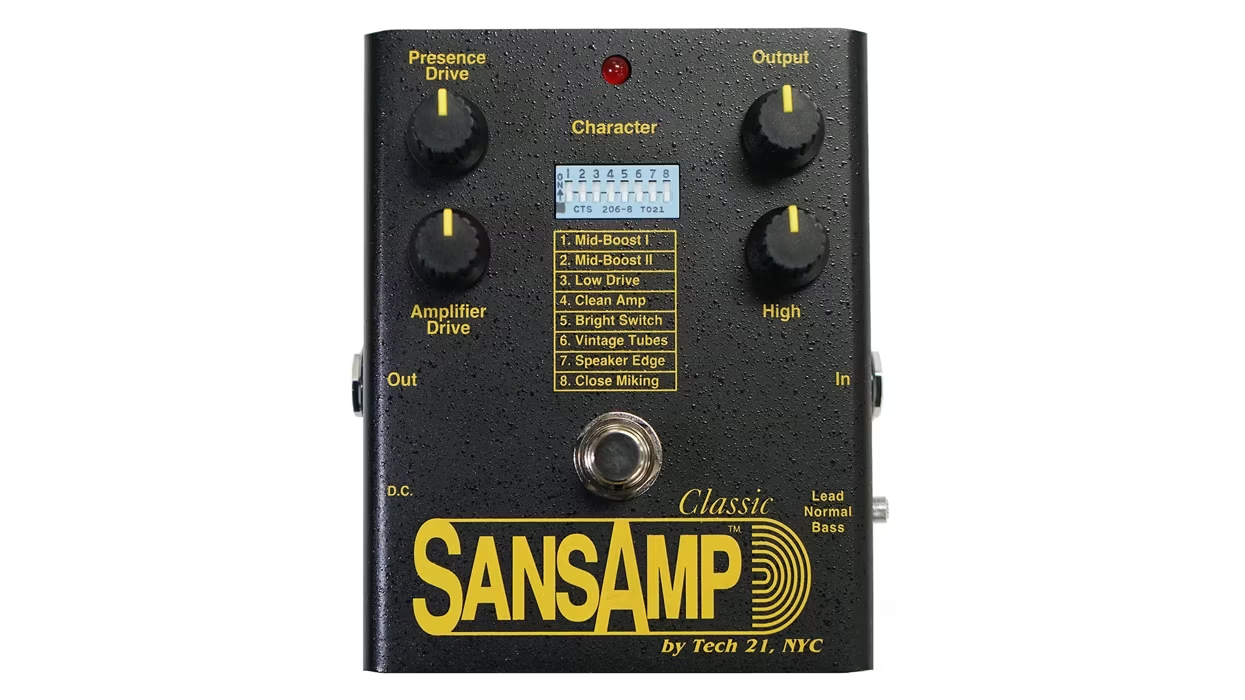
![Rig Rundown: Russian Circles’ Mike Sullivan [2025]](https://www.premierguitar.com/media-library/youtube.jpg?id=62303631&width=1245&height=700&quality=70&coordinates=0%2C0%2C0%2C0)

